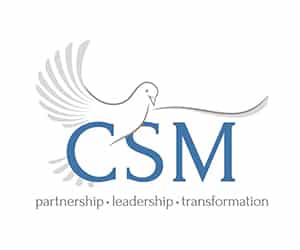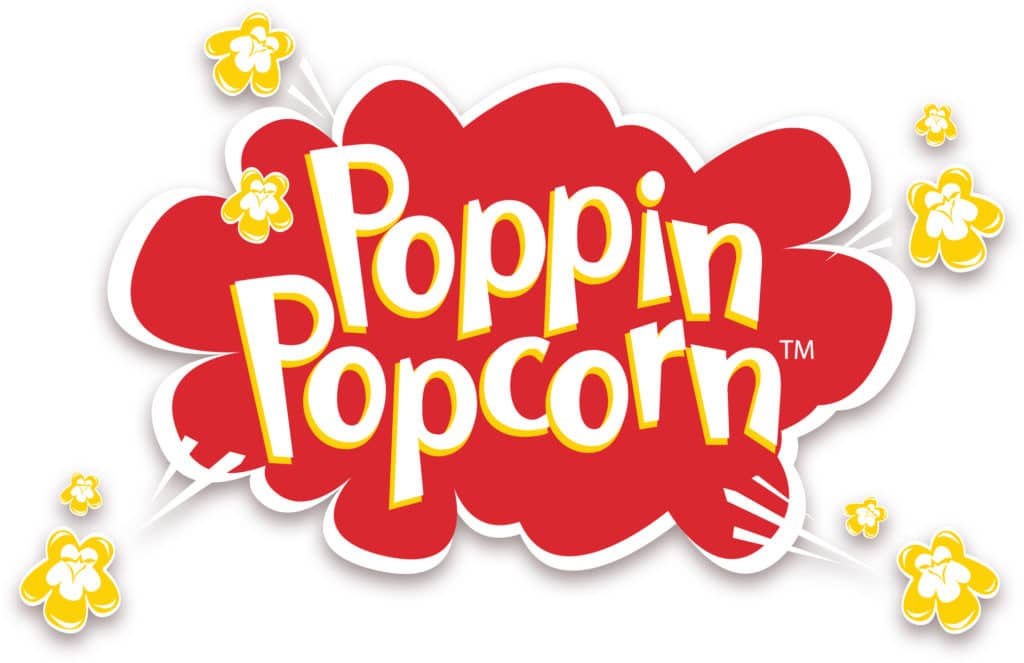In every school that I have partnered with, cost continues to be an issue among parents. When I conduct a parent survey, I can predict that affordability will be one of the lowest rated areas of satisfaction and tuition will be one of the least liked areas of the school.
Cost is the most identified barrier to entry and obstacle to continuing enrollment in private, independent and faith-based schools.
While this issue is connected to value, the issue is that many families don’t even consider our schools because of the cost. It is critical to find a way to overcome this barrier.
In addition, there is a negative stigma about applying for and receiving financial aid. I have found that this is different from what I experienced years ago in higher education.
Everyone wants to receive financial aid for college. As the director of enrollment management, our strategy was focused on leveraging financial aid to meet our enrollment goals.
The irony is that, in most schools, financial aid are not real dollars that are given to families. Unless a school has an endowment to support the financial aid program, tuition assistance is simply a reduction in tuition.
Tuition discounting is the typical approach in most schools.
Because of this, I have found that Variable Tuition is a more accurate description of this process. Variable Tuition is a more effective way to market financial aid.
Rather than communicating that money will be given to reduce the tuition in the form of tuition assistance, Variable Tuition communicates that tuition varies and is discounted based on the financial ability of the family.
The key is that tuition “varies” based on the financial situation of the family. A parent will pay full price unless they apply for a Variable Tuition rate, which is the same process as financial aid.
This strategy is probably what you have already been doing in your school. I have found that this Variable Tuition marketing strategy works.
Variable Tuition Success Stories
In the fall of 2012, Indian Rocks Christian School, in Largo, Florida, adapted the concept of indexed tuition from Marin Country Day to establish their strategy of Variable Tuition.
The core mission for this strategy included a focus on promoting the accessibility of a Christian education for all families. Families concerned about paying the full tuition price were invited to apply for a Variable Tuition rate.
The results of this program include two years of significant enrollment growth, as well as a key message differential in the community. This was the first school that I helped implement this program.
In the fall of 2013, Fredericksburg Christian School, located in Virginia about 50 miles south of the D.C. metro area, implemented Variable Tuition as a key part of their enrollment and marketing strategy.
For the past decade, the school had declined in its enrollment. Under the leadership of Rick Yost, Fredericksburg Christian School implemented the same Variable Tuition strategy as Indian Rocks Christian, and the results were a dramatic enrollment turnaround by 10% growth on its three campuses. They are now in their third year utilizing this strategy.
In January of 2015, both Eastern Christian School, located in North Haledon, New Jersey, and Trinity School of Texas, located in Longview, implemented Variable Tuition. In both cases, the result was increased enrollment and increased revenue. The message of Variable Tuition helped to break down the cost barrier for new and current families.
Eastern Christian School experienced growth from 705 to 759 students (a 7% increase). As Superintendent Tom Dykhouse wrote in a blog post on their website about their soaring enrollment, he attributed this dramatic increase to five Ps, which included “price.”
He said, “The introduction of the concept of Variable Tuition in the place of our former scholarship program helped many new families recognize that the cost of a world-class Christian day school education was not out of reach.”
Eastern Christian is now in their second year of Variable Tuition, and Rudi Gesch just announced in a blog post that they have received 96 applications this year versus 28 this same time last year! Make sure you check out their video on Variable Tuition. This video has been a very creative and effective way to communicate Variable Tuition. (Rudi will even reproduce this video for your school at an affordable price.)
Trinity School of Texas increased their enrollment from 272 students to 300, an increase of just over 10%. Instead of calling their program Variable Tuition, they used “Indexed Tuition” to describe their program. Several other schools have used this name for their program.
The result in all of these schools has been increased enrollment and tuition revenue. Keep in mind, Variable Tuition was not the only strategy these schools implemented, as it was part of a comprehensive enrollment and marketing strategy.
And now, I am working with several schools that are implementing this strategy, including Lansing Christian School in Lansing, Michigan; Hilltop Country Day School in Sparta, New Jersey; Ware Academy in Gloucester Courthouse, Virginia (they actually implemented it last April), Calvary Baptist Day School in Winston-Salem, North Carolina; and Hill Country Christian School in Austin, Texas (they are using Indexed Tuition as the name).
Is Variable Tuition Right for Your School?
Just because Variable Tuition has worked to increase enrollment and revenue in these schools, does this mean that it will work for your school?
I believe several ingredients must be present to consider this strategy in your school:
* Current use of financial aid – It is important that you are currently awarding financial aid at your school. Since Variable Tuition is a marketing messaging change, it is critical that you already have a financial aid program in place. If not, then Variable Tuition is not a great fit for your school.
* Emphasis on revenue rather than financial aid as an expense – One of the important shifts to make is to place emphasis on revenue rather than on financial aid as an expense. Since financial aid isn’t real dollars anyways (unless it is funded through an endowment or other donations), it really isn’t an expense. It is actually a revenue loss or discount. It is more important to consider the revenue that is brought into the school rather than the “expense” of the discount. This is an important shift in thinking for the leadership to make.
* Empty seats that can be filled without increasing expenses – Empty seats must be part of the equation at your school. If your enrollment is full and/or you have waiting lists, then you don’t likely need to discount tuition to fill seats (unless economic diversity is part of your mission). In all of the examples above, these schools had empty seats that could be filled with partial revenue. However, they had to find a way to generate interest. This use of leveraging tuition discounts to fill empty seats helps to build enrollment momentum while at the same time maximizing revenue. However, in all of these cases, these schools have parameters in place to make sure that they don’t give away too much in Variable Tuition awards.
Is Variable Tuition the right strategy for your school?
Rick Newberry, Ph.D., is the president of Enrollment Catalyst, www.enrollmentcatalyst.com. He partners with school administrators to provide coaching and consulting in enrollment management and marketing systems, strategies, and solutions needed to reach their goals.







